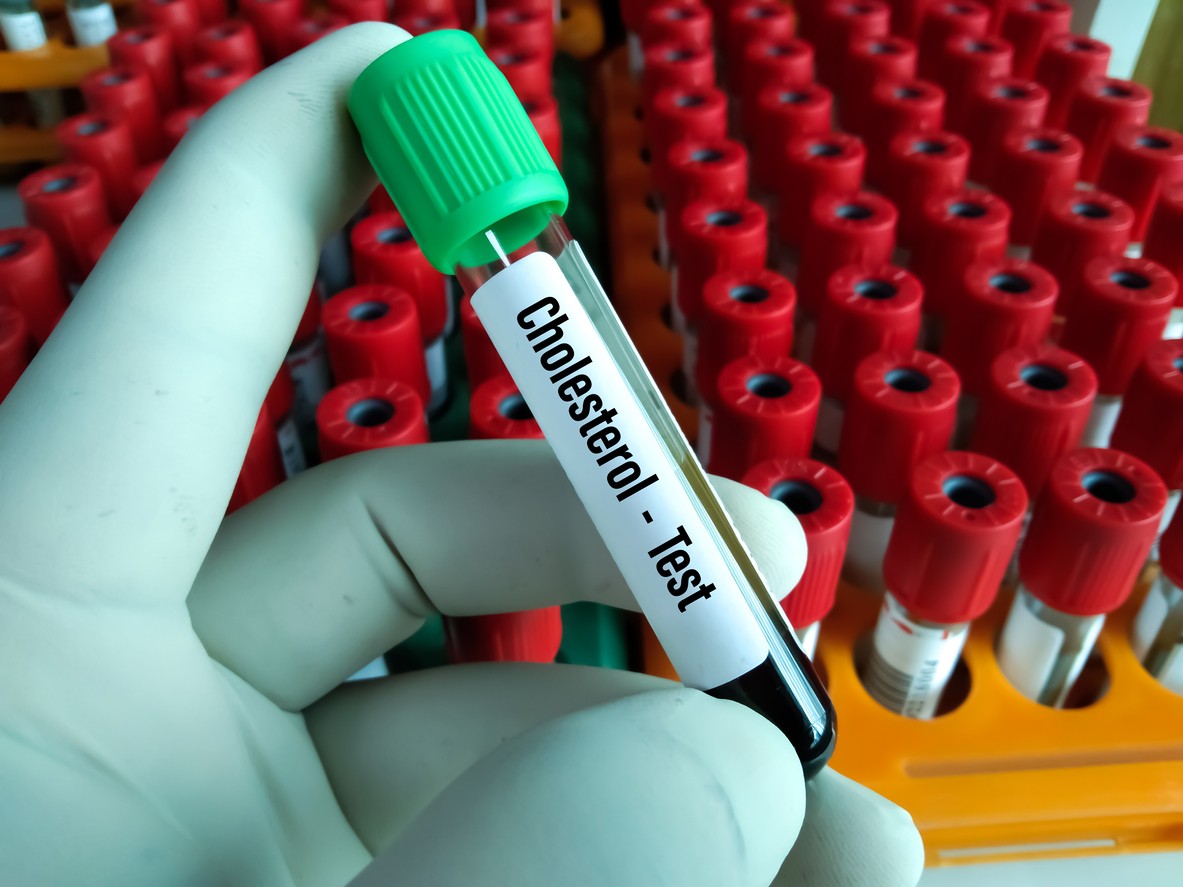Semaglutide, aka GLP-1: What is it?
Semaglutide or GLP-1 is a naturally occurring peptide suggested to lower blood sugar levels, modulating insulin production and release. It is a 30-31 amino acid sequence short peptide. The primary function of Semaglutide (GLP-1) appears to be to regulate blood sugar levels by enhancing insulin secretion. Semaglutide appears to upregulate the transcription of the insulin genes and therefore prevents a pathological rise in blood sugar levels by protecting insulin stores. Although the primary research surrounding Semaglutide is based on its speculated anti-diabetic characteristics, newer studies are reviewing its role in other dimensions.
Semaglutide has been linked with neurotrophic effects in the brain and central nervous system. Semaglutide appears to decrease appetite in the gastrointestinal (GI) system by delaying gastric emptying and reducing intestinal motility. Preliminary research has suggested impacts of Semaglutide on the heart, fat, muscles, bones, liver, lungs, and kidneys. The main focus of Semaglutide research has been diabetes and appetite inhibition, and subsequent investigations focus on the possible cardiovascular impacts of the peptide. More prevalent and thus less robust research focuses on the potential of Semaglutide to stave off neurodegenerative disease. Though this latter area of research is the most recent, it is also the quick-growing domain of Semaglutide investigations which suggest the peptide may act to prevent the accumulation of amyloid-beta plaques in the context of Alzheimer’s disease research.
Blood Sugar Regulation – the Incretin Effect
One of the speculated ways Semaglutide appears to induce a drop in blood sugar levels is by the “incretin effect.” Incretins are hormones released by the gastrointestinal tract. These hormones are secreted in response to high glucose levels in the blood and act to bring down their levels.
The two most important regulators for incretin release appear to be GLP-1. Even though the circulatory levels of the other regulator, i.e. GIP, appear higher than that of Semaglutide, it appears more potent out of the two, particularly in very high blood sugar levels. Considered to be foremost expert, Dr. Holst has studied this effect, the link between GLP-1 and incretin, and its potency in rodent models.
A GLP-1 receptor has been observed on the surface of pancreatic beta cells, suggested that GLP-1 enhances the exocytosis of insulin from the pancreas. When mixed with sulfonylurea compounds, GLP-1 may potentially increase insulin secretion. It may be enough to cause mild hypoglycemia in up to 40% of research models. Moreover, increased insulin secretion is associated with several trophic results, such as better protein synthesis, a decrease in the breakdown of protein, and enhanced uptake of amino acids by skeletal muscle.
GLP-1 and The Brain
Secondary research on Semaglutide suggests it may have a neuroprotective role in the CNS and the brain. Exposure to Semaglutide may improve cognitive function and protect against certain neurodegenerative diseases like Alzheimer’s disease. This potential was observed when the introduced of Semaglutide in mice with specific genetic defects appeared to induce an improvement in learning deficit as well as enhanced their associative and spatial learning.
GLP-1 and its analogs have been suggested to reduce amyloid-beta deposition in the brain and the beta-amyloid precursor protein found in the neurons. Since the deposition of these beta-amyloid plaques in brain tissue appears to be the primary pathology resulting in Alzheimer’s disease, Semaglutide may be relevant to Alzheimer research.
GLP-1 and The Hunger Hormone Signaling
Investigations in mice models suggested that direct introduction of Semaglutide into the brains of laboratory murine models appeared to reduce the drive to eat and inhibit food intake. Semaglutide may enhance satiety via hunger hormone (ghrelin) signaling, and reducing appetite. Recent studies have suggested that Semaglutide receptor agonists may induce gradual linear weight loss in mice. Over an extended period, this weight loss was associated with significant improvement in cardiovascular risk factors and reduced hemoglobin A1C levels. The latter is a proxy marker for the severity of diabetes and the quality of blood sugar control.
Disclaimer: The products mentioned are not intended for human or animal consumption. Research chemicals are intended solely for laboratory experimentation and/or in-vitro testing. Bodily introduction of any sort is strictly prohibited by law. All purchases are limited to licensed researchers and/or qualified professionals. All information shared in this article is for educational purposes only.






